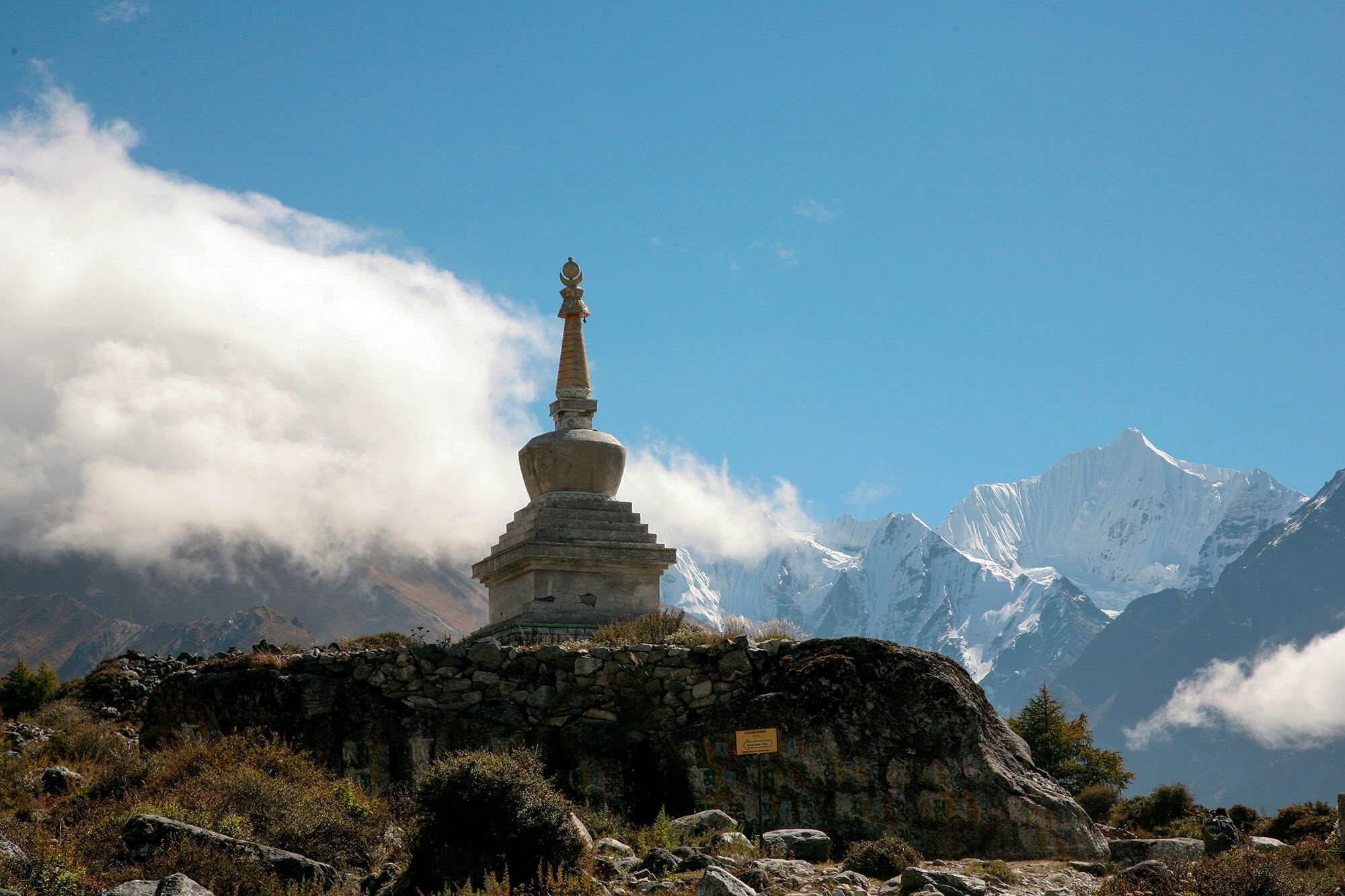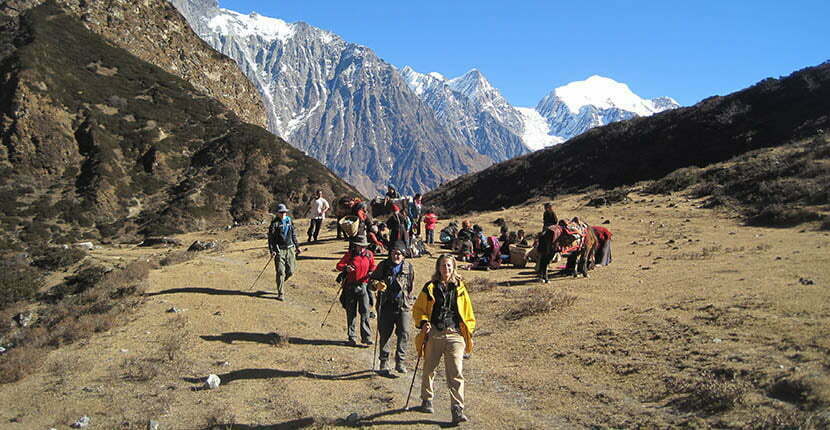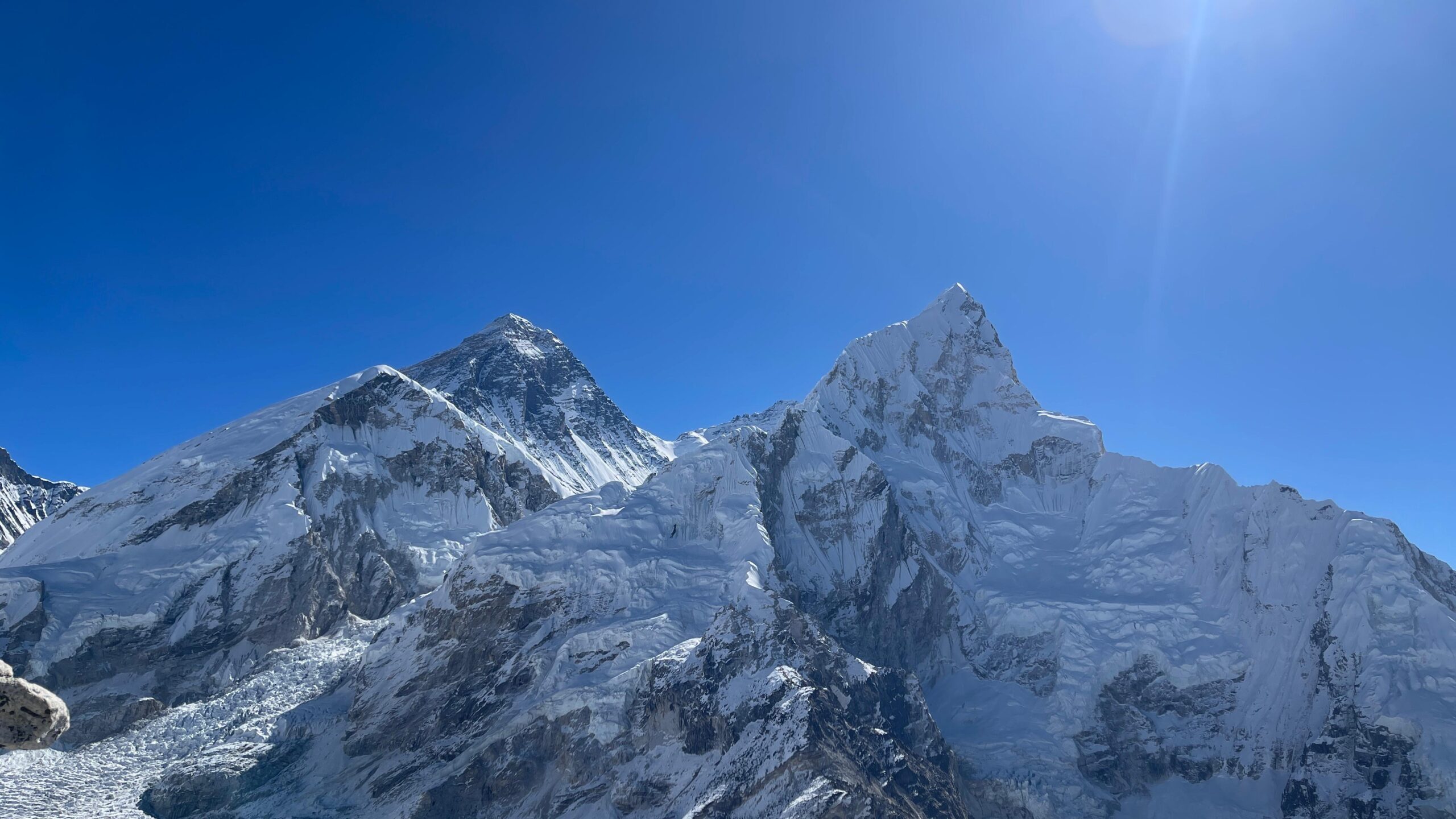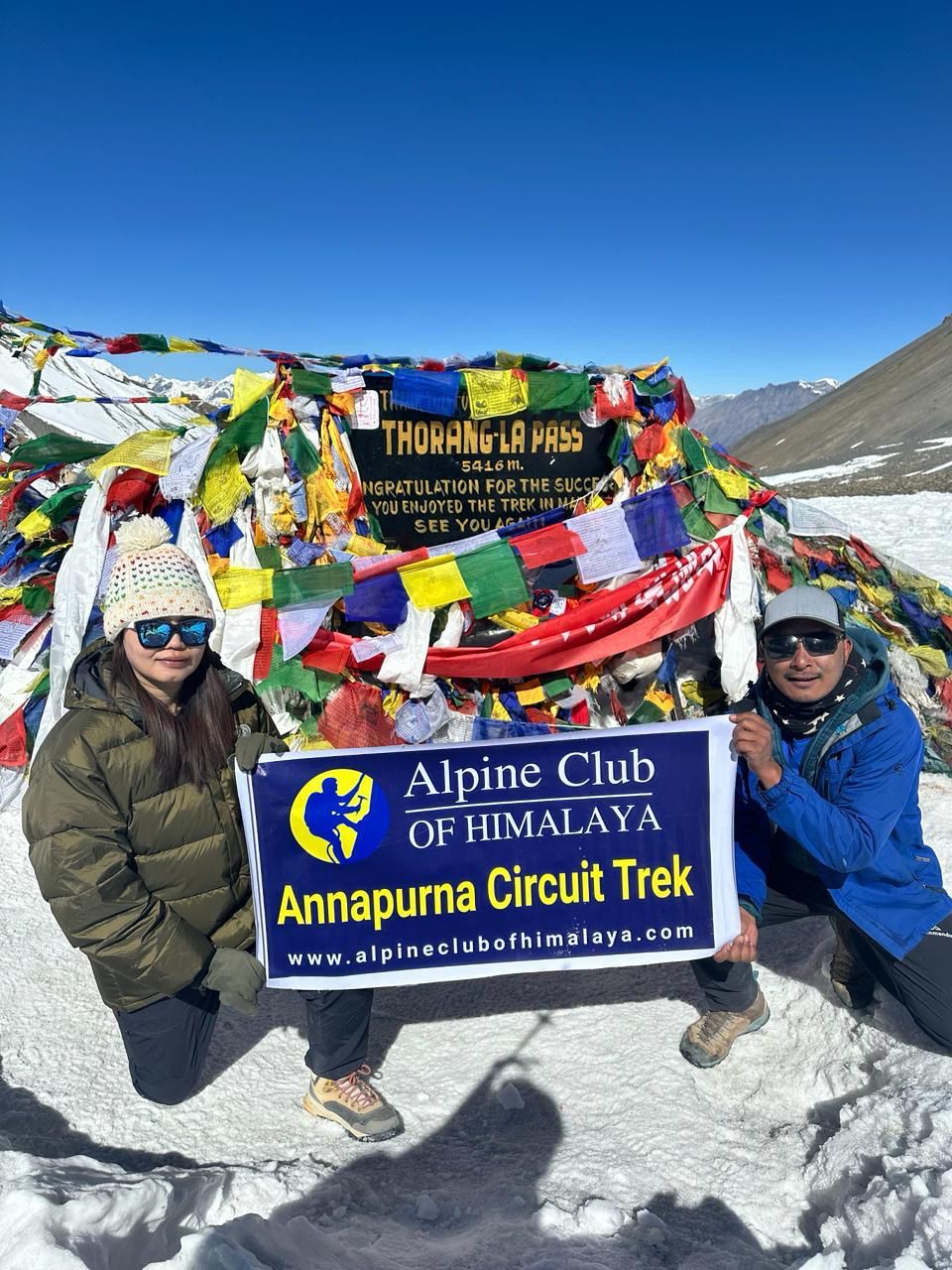The Tourism for Rural Poverty Alleviation Program developed the Tamang Heritage Trail Trek, one of the closest trekking destinations to Kathmandu. This newly created, off-the-beaten-path experience highlights an ancient lifestyle. The trek combines breathtaking scenery with relaxing dips in natural hot springs.
This is an excellent introduction to the trekkers. This area is connected to Tibet and the trails in this region were used by traders from Tibet bartering in salt and for meat change (mountain goat) with foodstuffs from the south. The people of this region are mostly Tibetans who came from Kerung in Tibet across the border and settled in Nepal.
In earlier days, the citizenship of Nepal would not be offered to real Tibetans, so they changed their ethnicity to Tamang, which is what they still write to date. The culture and traditions of these people are similar to Tibet just across the border. During Tamang Heritage Trail trek along unbeaten trails and offer a total wilderness experience you will explore traditional Tamang villages, unspoiled and virtually untouched culture, life, crafts, and nature. You will receive a warm welcome from the locals rich in their distinct colorful costumes, their houses adorned with beautiful woodcarvings. This region offers a wilderness experience with beautiful landscapes of alpine terrain, flat meadows, and rhododendron forests. There are still bears, leopards, red panda, and musk deer. During the months of March and April, the Rhododendron forests are in full bloom and have many different species of trees, birds, and butterflies.
Meals and drinking water:
Along the Langtang Region Trek, you’ll be provided with various Nepali, Tibetan ethnic cuisines and varieties of western meals to choose from. The region has a number of tea-house every hour so typically run by local inhabitants providing basic and minimal facilities. Try various traditional cuisine and popular snacks including locally made dairy items such as cheese, Churpi, and milk-based delicacies and baked items. Also try Sea buckthorn juice, a Himalayan delicacy.
Since natural, untreated water supplies the drinking taps, it’s best not to drink directly. Instead, you can refill your bottle with boiling water or cold filtered water from any of the teahouses.
However, if you buy a water purification tablet, chlorine drops or utilize SODIS (sunlight assisted) filtration procedures for further assurance, saving money, and reducing plastic pollution.
Accommodation:
Local accommodations are available in trekking lodges and teahouses which are located all along the trail every hour or so, providing basic accommodation, food, and electricity. The room mostly includes twin sharing beds as well as a single bed, with a hygienic and clean atmosphere and good mattresses which reduce your backpack weight. The accommodation usually has a central heating system used by firewood located at dining rooms, providing heat and space for travelers to rest and exchange their stories. Campsites are also available along the trail providing a special opportunity for the campers.
Best time to visit?
The best season for trekking in the Langtang region is during the season of autumn and spring.
The months of September, October, November, March, April, and May are the best time to visit. These months are better in terms of visibility and climate conditions providing good conditions for exploring the high mountain terrains.
During the autumn season, the months of September, October, and November bring clear weather with great visibility and warm temperatures providing a perfect opportunity to trek on high Himalayan terrains.
The spring season of March, April, and May is also the best time to visit Langtang valley, the end of winter bring change in the topography of the region with varieties of lush blooming trees of Rhododendron, a mixture of Confers, Oaks with Orchids and ferns with high pasture lands covered with colorful wildflowers with mild temperatures and clear weather.
Monsoon season is not favorable as the weather gets harsh and it’s hard to get around the country, so the monsoon season is mostly avoided by trekkers.
In the winter season, the area receives high snowfall, covering most of the trail, and access is denied to most of the regions of the Langtang region making it quite impossible to trek to higher grounds.
Overview
Important Note
Your safety is of paramount importance to us at Alpine Club of Himalaya. We have the absolute authority to cancel the trip or change the itinerary, when deemed necessary or when we have reason to believe your safety is at stake. Weather conditions, the health condition of a group member, natural disasters, and such, can contribute to changes in the itinerary when traveling in remote mountainous regions. In these extreme situations, we kindly request that you offer your full co-operation to the trusted leader of the group appointed by the Alpine Club of Himalaya. However, we assure you that we will make every effort to keep to the above itinerary.
Trip Highlight
- One of the newest trekking routes around Langtang.
- Learn about the culture and lifestyle of the indigenous Himalayan people.
- Visit various ancient monasteries and gompas of the region.
- Trek along the ancient trading route between Nepal and Tibet.
- Witness grand views of Manaslu Massif, Ganesh, Langtang, and Jugal Himal.
- Try various authentic cuisines of the region.
- Traverse across various altitudes and geography from dense forests to high meadows.















Write a Review